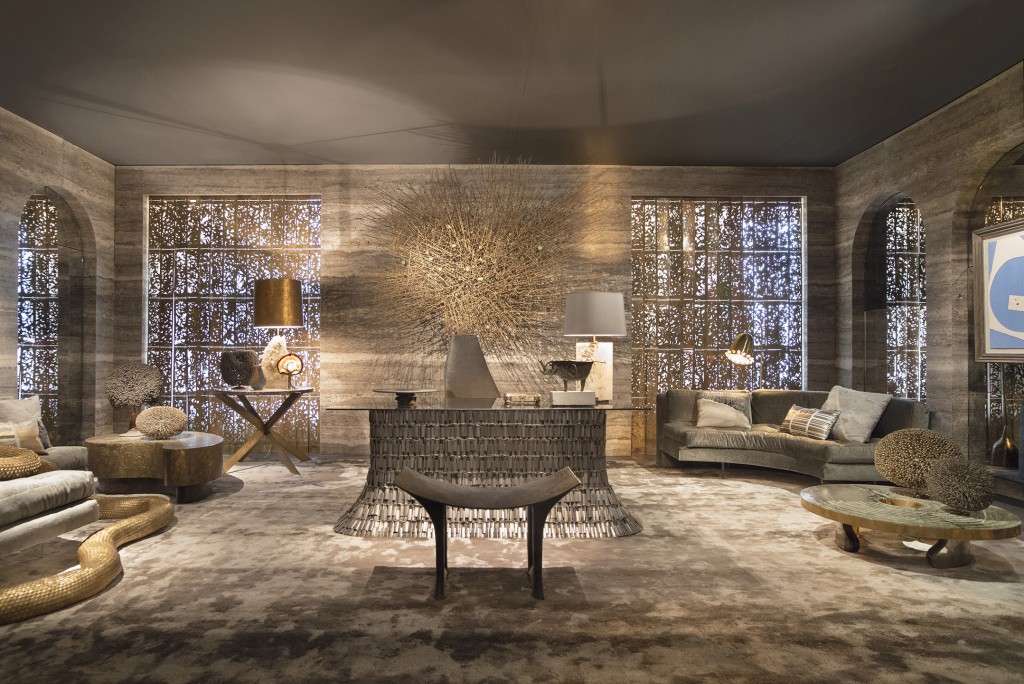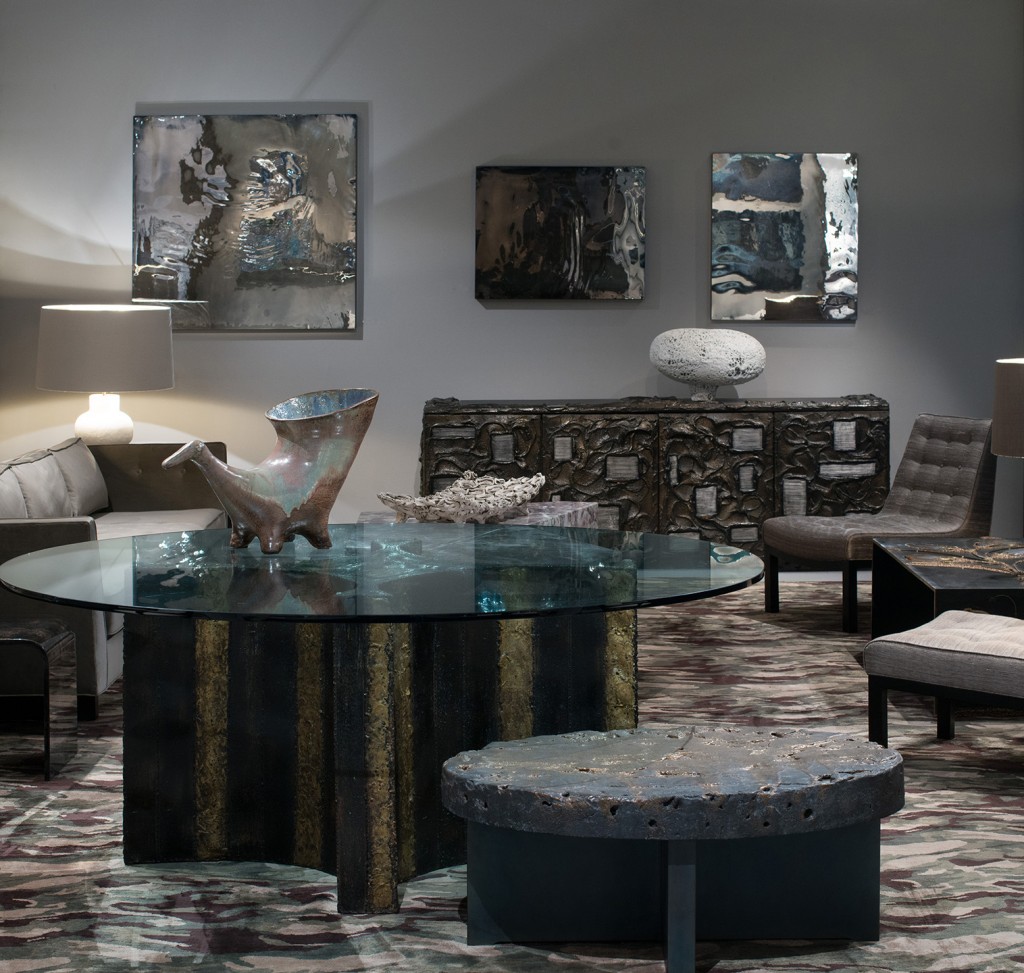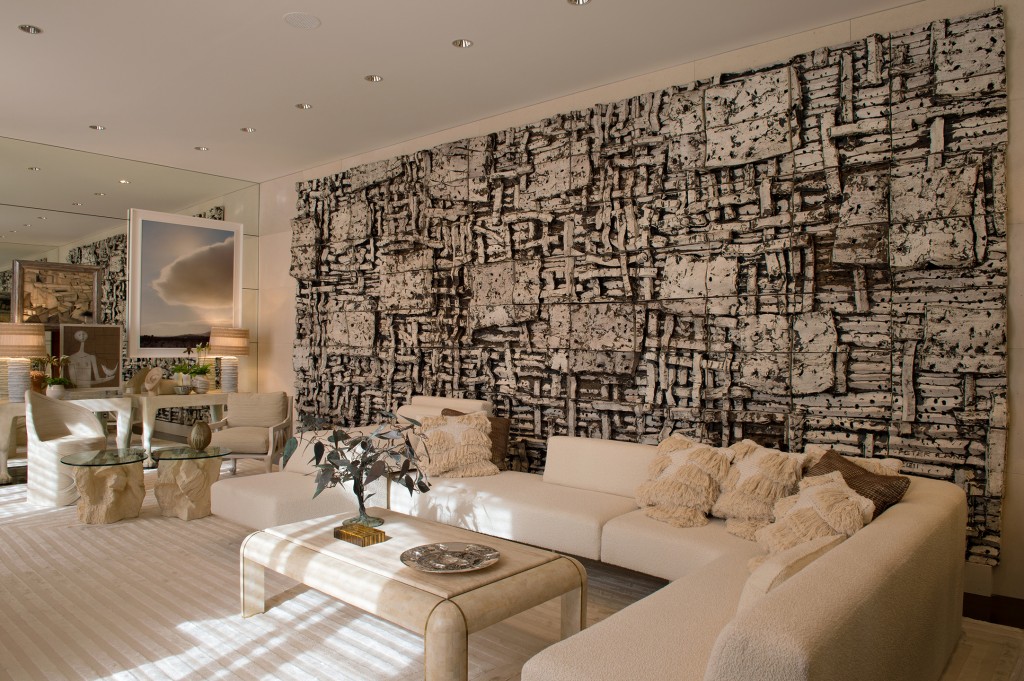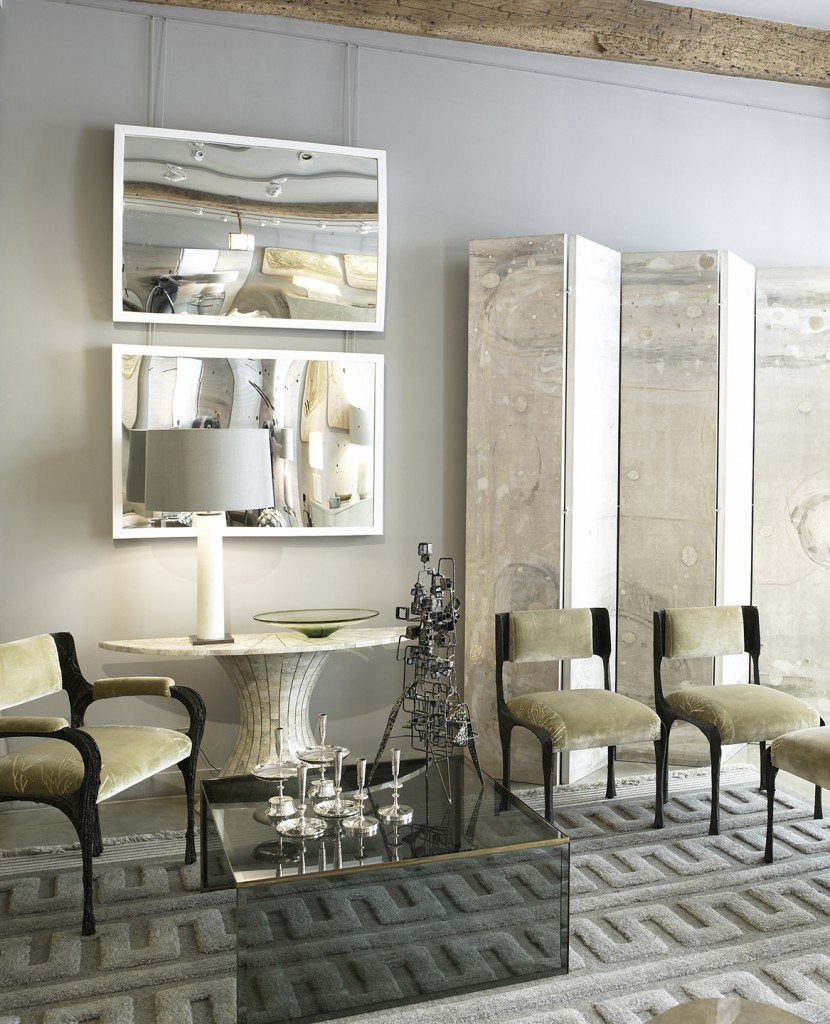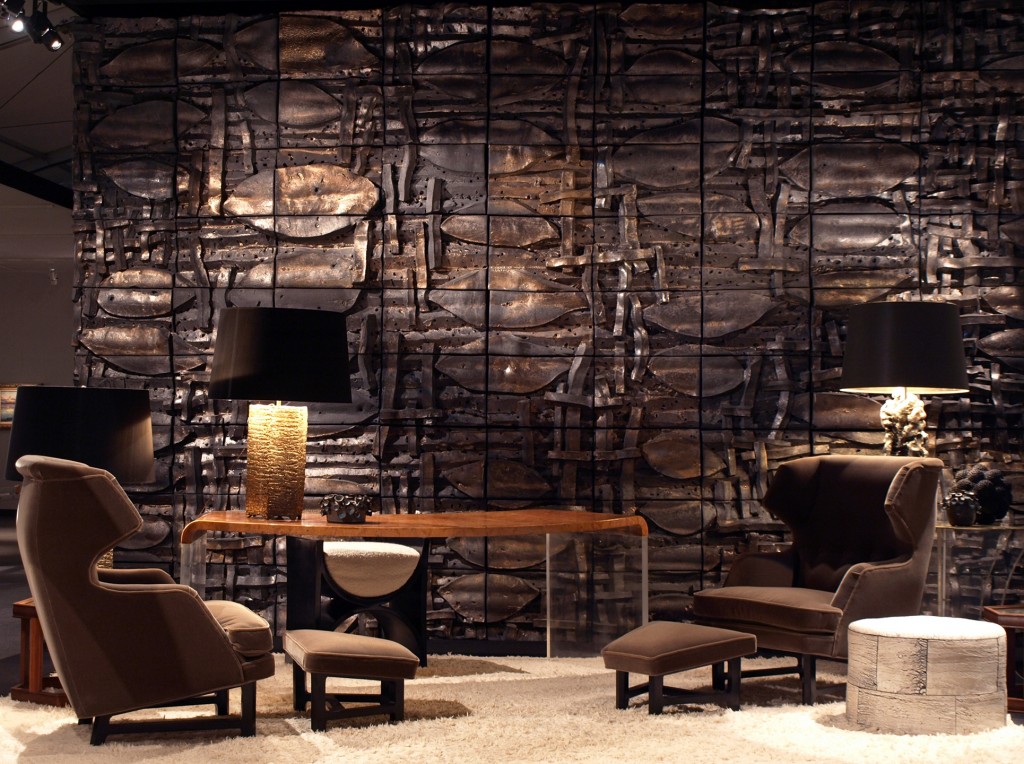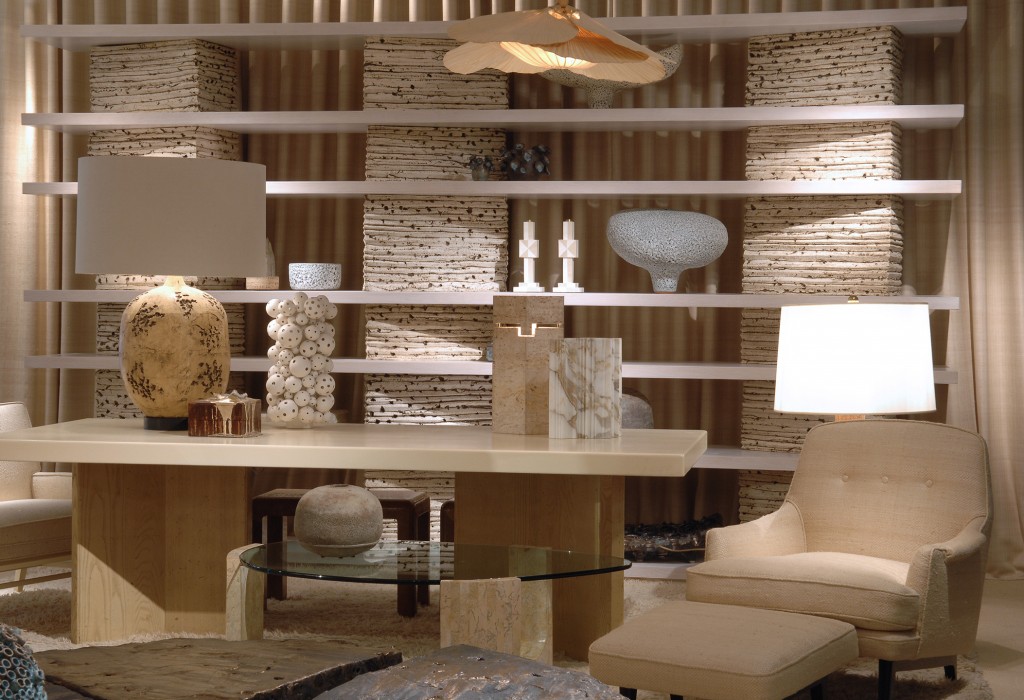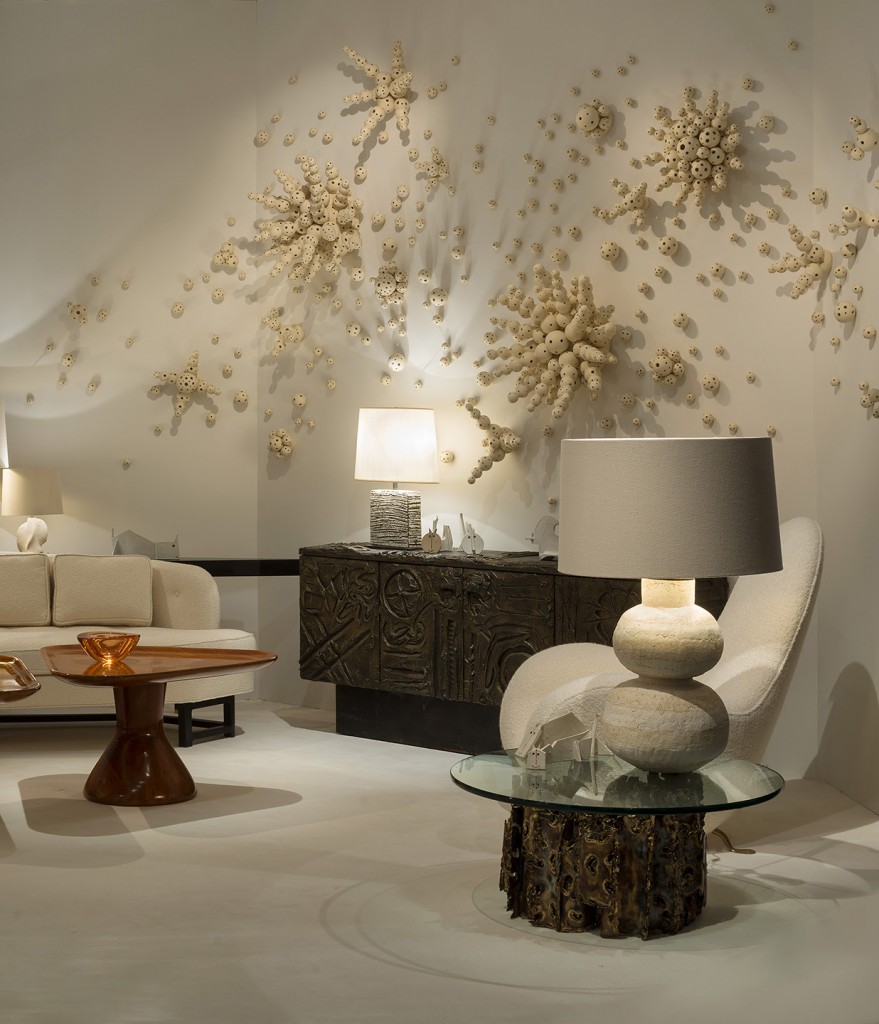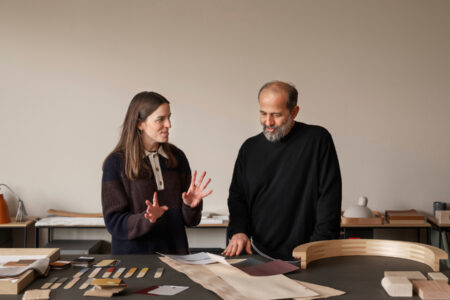Chahan Minassian: An American Design Pedagogy
Chahan Minassian’s haute couture style in interior design originates from his years in the fashion world. In an interview, he talks about his designs and a long passion to 1950s American furniture.
Chahan Minassian’s name echoed last year as the list of decorators and architects involved in the restoration of Hôtel de Crillon was announced. His work goes far beyond the famous Parisian palace though. The quiet elegance of his interiors, in which pieces from his own collections mix in with contemporary creations or custom-made objects, is currently at the heart of some 30 projects spanning the world; chalets in Gstaad join dream New York apartments, yachts and even private jets.
Minassian’s very ‘haute couture’ style comes from seven years as European creative director at fashion house Ralph Lauren, before setting up his own agency in 1993. As an architect, antiques dealer and gallery owner he has a rare versatility similar to the interior designers of yesteryear – a definition that pleases him. The Lebanese-native, who fled the 1976 war and became a Parisian chameleon, is known to be the first representative of American design in France and Europe. An almost pedagogical approach pedestaled names like Paul Evans, Vladimir Kagan, Karl Springer, Philip and Kelvin LaVerne – who all gained international recognition thanks to Minassian’s exposure. He discusses this passion in an exclusive interview with TLmag.
TLmag: Where does your interest in American design originate?
Chahan Minassian: I was born in Lebanon with Armenian roots. Growing up, we drew for both Eastern and European influences. American aesthetic was very present in our daily lives, especially through cinema, but the first piece that really pulled my attention was Vladimir Kagan’s Erica chair, which I discovered at a Paris flea market in the 1990s.
How would you define American furniture?
CM: If we’re talking about American design in general terms, the first particularity is proportion. Take for example Edward Wormley, whom I admire. He redesigned classic furniture in sizes that were more conducive with contemporary times, all while respecting tradition of the seat. Always graceful, but nonetheless with a spring suspension that brings down our lumbar to 45°. With research and engineering determined, the only elements left to define were aesthetic ones. If I were to present these pieces today, they would still please a wide audience. Of course, if you cover them with 1960s-style yellow and orange stripes, no-one would want the chair. But it has beautiful features and needed to be updated, without losing its identity as an object, always recognising the timelessness of the design.
American design from 1950s to 1970s is often present in your projects. Why this period more than others?
CM: There are people who defend the 1930s, and others who work in French or Japanese styles. 15 years ago, at least in Europe, nobody was familiar with 1950s American furniture. That’s a period in which people were leaving traditional houses to find much more horizontal, spacious and convenient architecture. This allowed me to nest myself in a discussion that left a lot of room to experiment all while establishing my identity, to such a degree that people often think I’m American! It was also a period of real transition after Art Deco and the sobriety of the war, when we reached a kind of purity and elegance of line. I’m also very interested in the 1920s and 1940s. 10 years ago, I even created the Arts & Crafts house, but few people know about that. •
The interview was originally published in TLmag 23, All that Jazz issue in June 2015.
Main image Chahan Minassian
Photo Milan Vukmirovic
